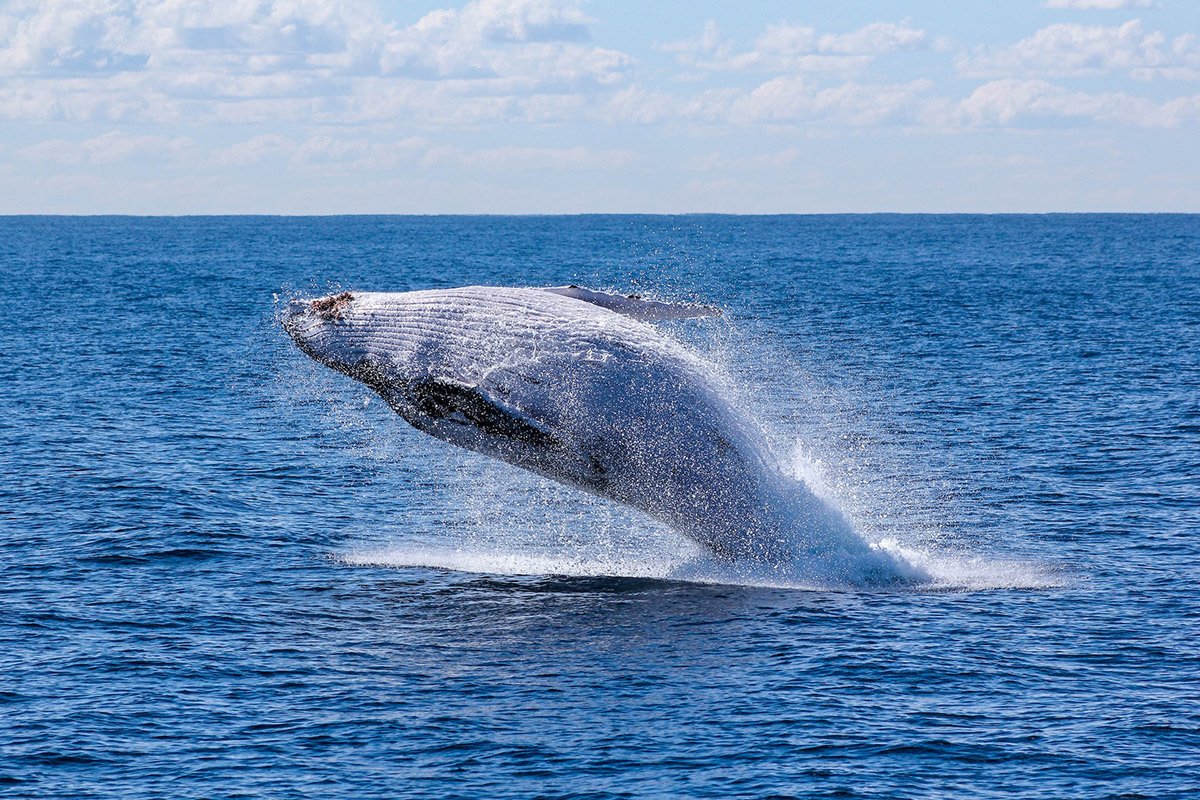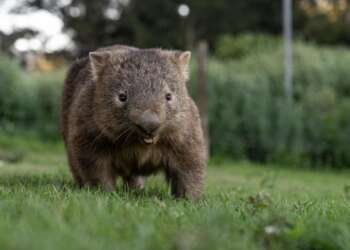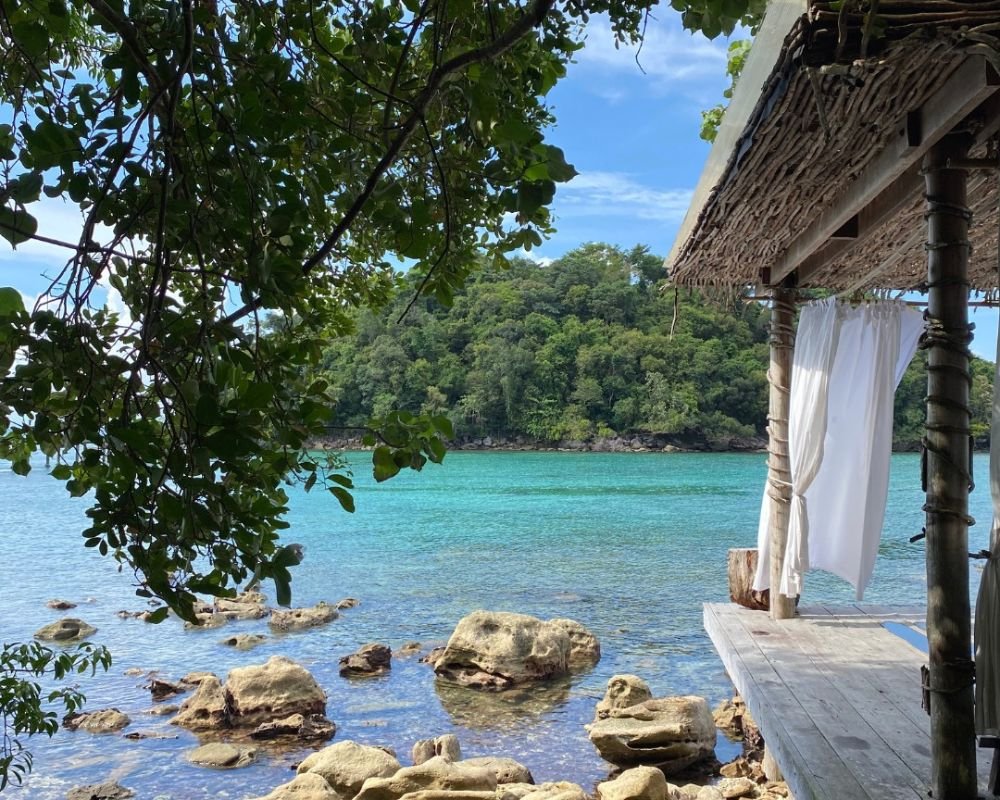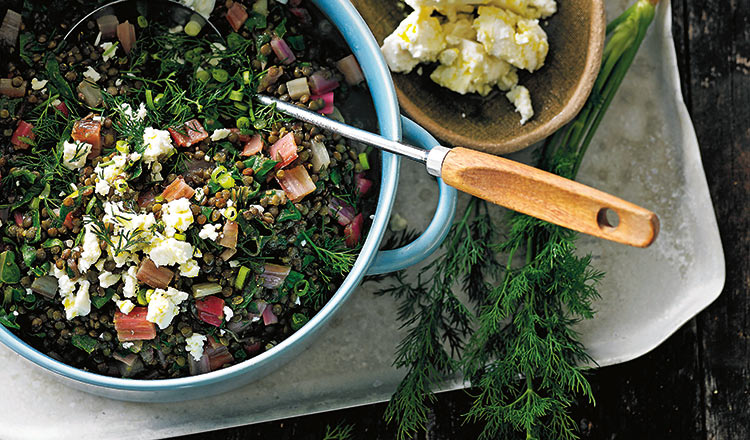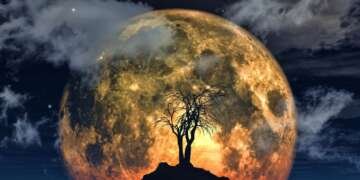You can find out more about the history of whale conservation, where to watch whales, and how you can help to keep these mammals protected in Australia.
Where do whales migrate in Australia?
Between April and November, humpback whales migrate from the Antarctic up the Australian eastern coastline and return. More than 35,000 humpback whales pass through the UNESCO world-heritage protected Great Barrier Reef.
Between May and November, southern right whales migrate through their breeding waters off South Australia and Victoria.
Ocras can be seen in Western Australia.
Where can I go whale watching in Australia?
You can spot a whale in many locations around Australia during their annual migration. You can watch southern right, dwarf minke, humpback whales and even orcas. Tourism Australia has a comprehensive list of places to go whale watching in Australia.
What do tourists think about whales?
Many tourists have positive experiences on whale-watching trips. Tourist venues report an increase in bookings during whale migration season. You can swim with whales, watch live streams of them playing and singing, or learn about these remarkable creatures from a local Indigenous guide.

Are whales protected?
Yes. In 1982, members of the International Whaling Commission agreed on a global whaling moratorium. Sadly, this was after more than 3 million whales had been killed for oil and meat in the 20th century.
“Our gentle giants were driven to the brink of extinction by whalers, until the world’s nations agreed to a historic global moratorium on commercial whaling forty years ago…” said Shane Cucow.
What countries allow commercial whaling?
Many nations have banned commercial whaling. However, Japan, Iceland, and Norway still allow commercial whaling.
How are whales threatened?
Whales may be accidentally caught during fishing operations or tangled up in shark nets or plastic debris. Climate change and water temperature influence their main food source: krill.
“Whales are disproportionately affected by marine debris, often becoming entangled in lost or discarded fishing gear or becoming starved and malnourished when they eat plastics by mistake,” said AMCS plastics expert, Shane Cucow.
“Many whales are filter feeders, consuming vast amounts of plastic as they move through the world’s oceans. This is leading to increased incidents of whales stranding on beaches with stomachs full of plastic,” Mr. Cucow said.
Did you know ingesting plastic is strongly correlated with instances of whales and other cetacean stranding across the world?
Currently, whales are at threat from the approval of fossil methane gas exploration off the NSW coast. (This area is sometimes referred to as PEP11. A petroleum exploration permit (PEP) is a license to drill for oil and gas).
“Queensland’s spectacular annual whale migration will be drastically disrupted,” said Friends of the Earth Australia’s Offshore Fossil Gas Campaigner, Jeff Waters. “The constant, massive explosions in the sea that will be needed to survey the site will not only scare whales away from this important corridor, but it has also been shown to send aquatic mammals deaf, guaranteeing their deaths.”
“Seismic blasting is also known to kill other sea life, including krill, which is an important food source for fish and other wildlife,” Jeff Waters said.
Campaign groups from Save our Coasts, Surfers for Climate, Surfrider Foundation Australia, Australian Marine Conservation Society (AMCS), Friends for the Earth Australia (FOE), and more have been against the proposed offshore gas field for years.
Image credit: Photo by Georg Wolf on Unsplash
Image credit: Photo by Max Lissenden on Unsplash


